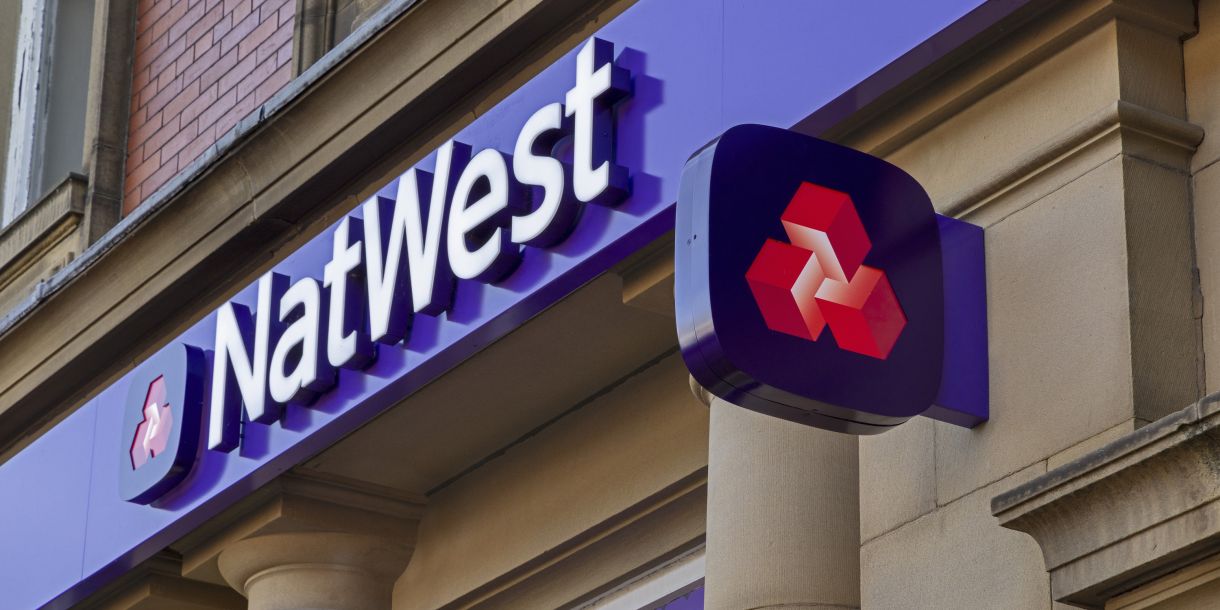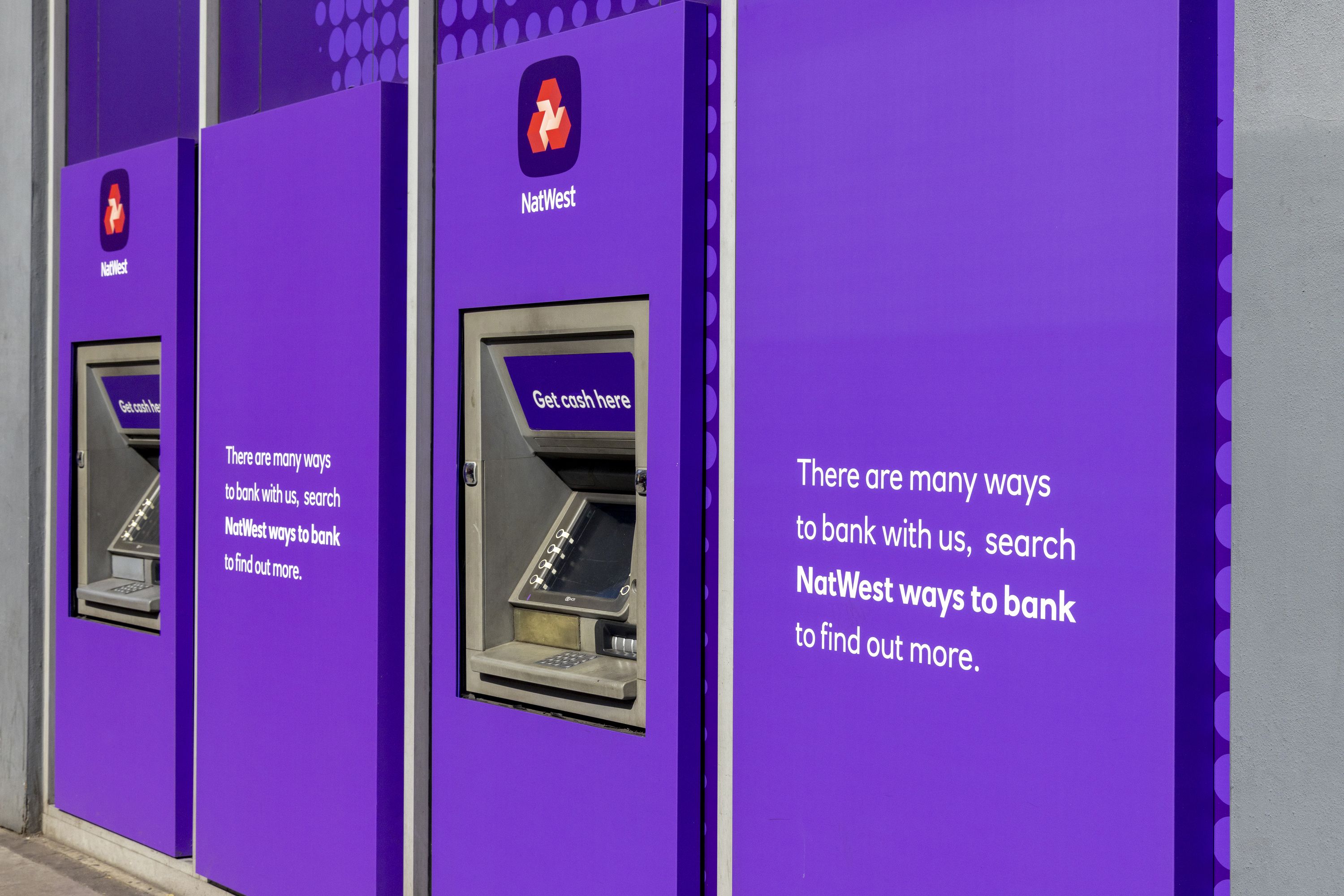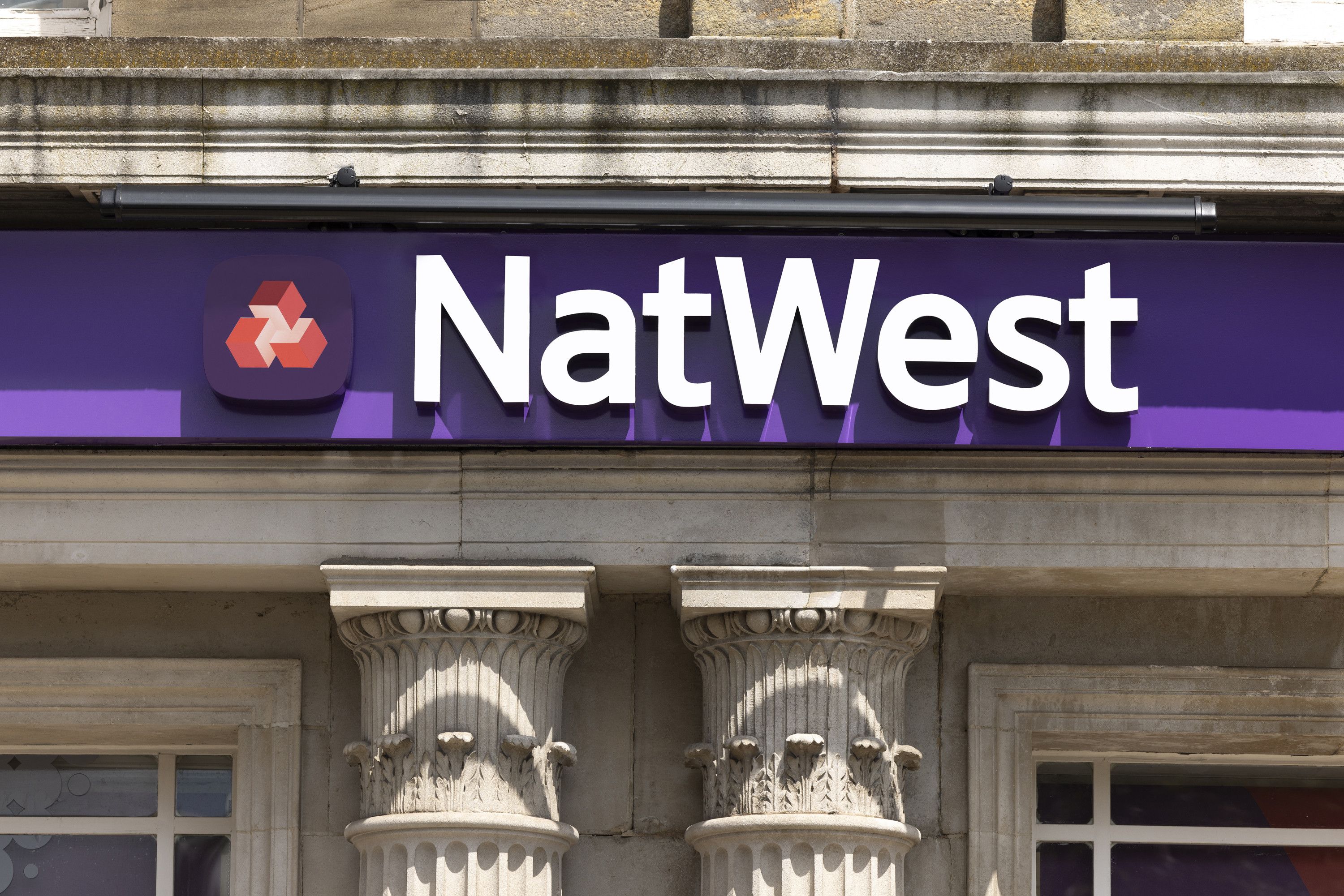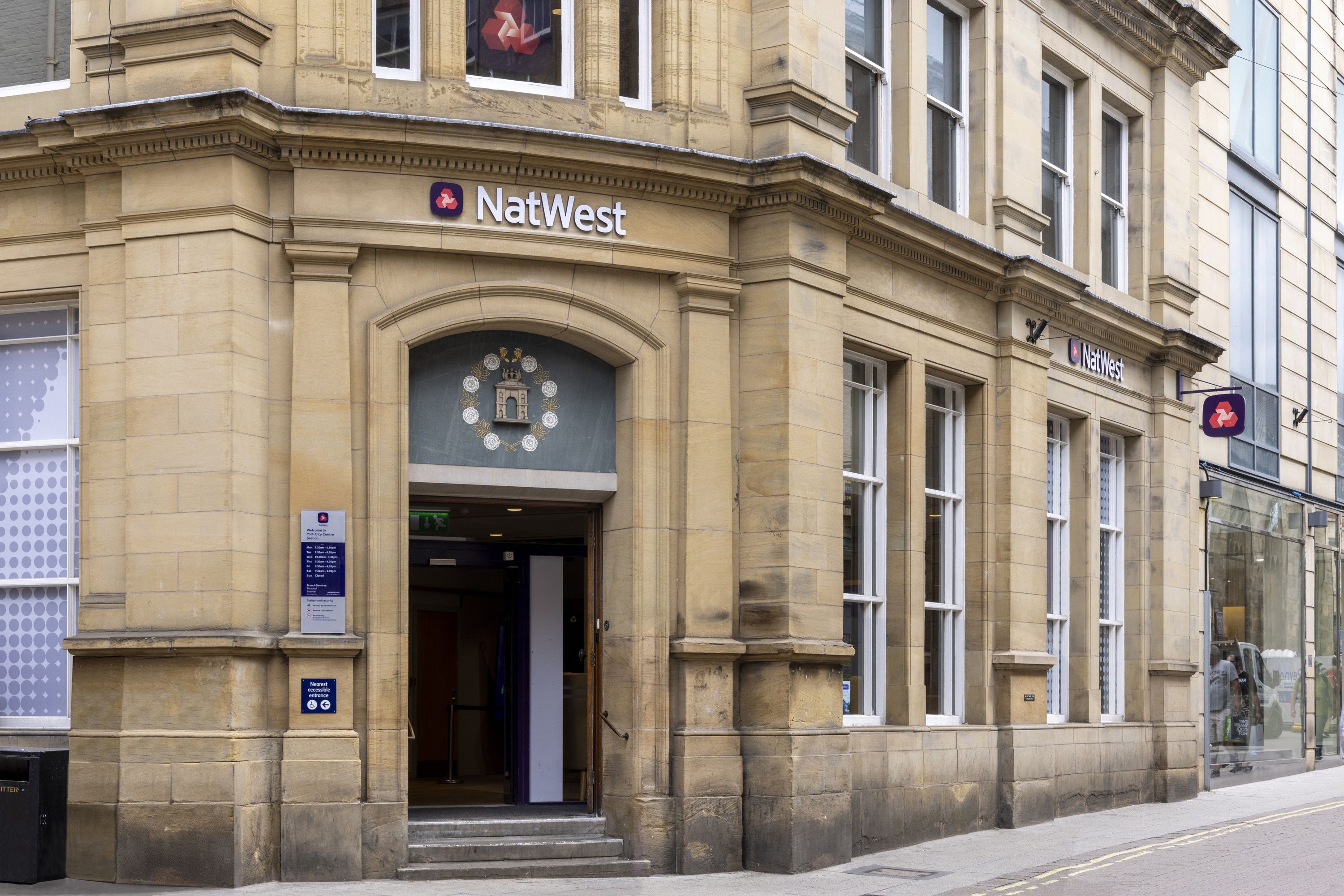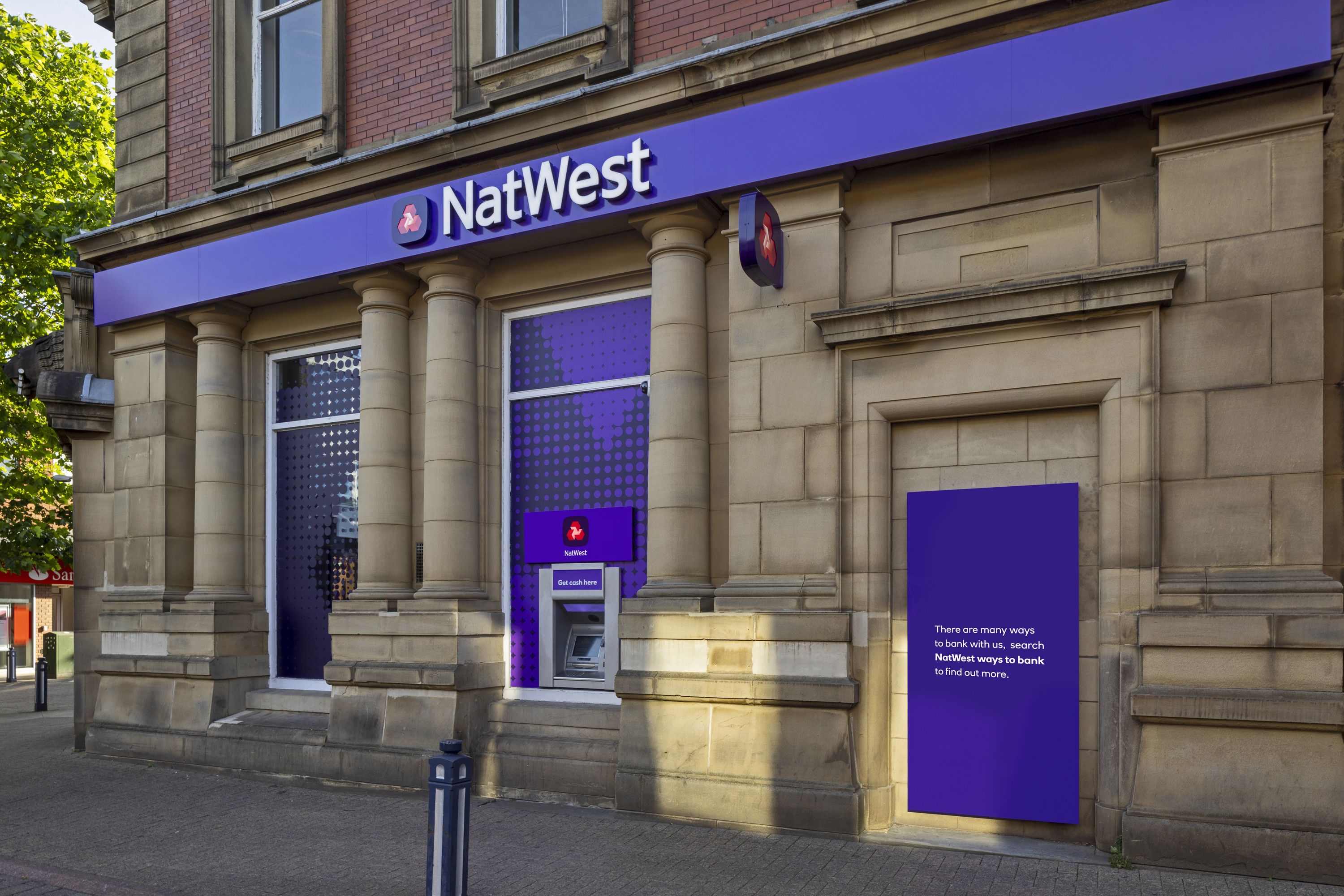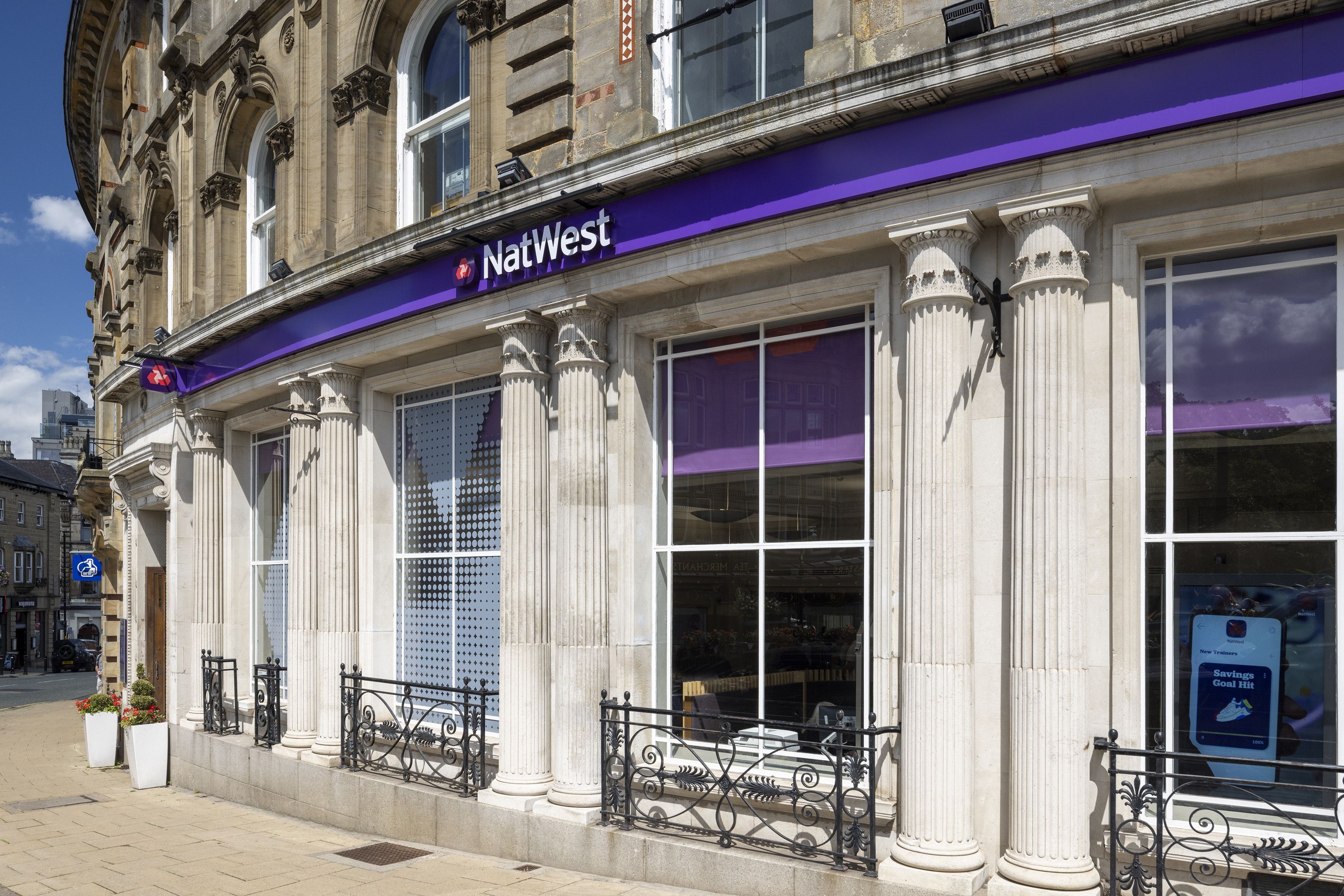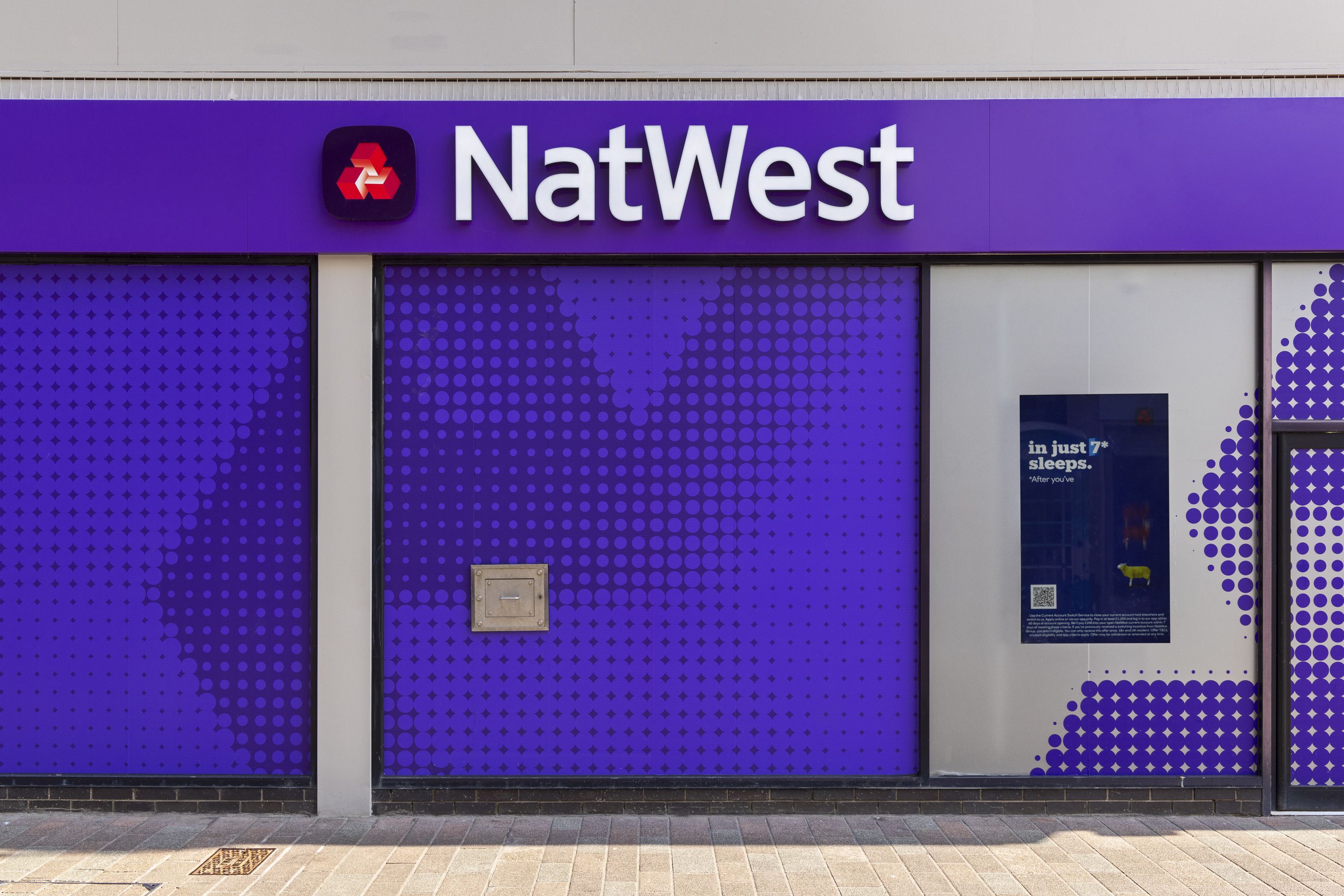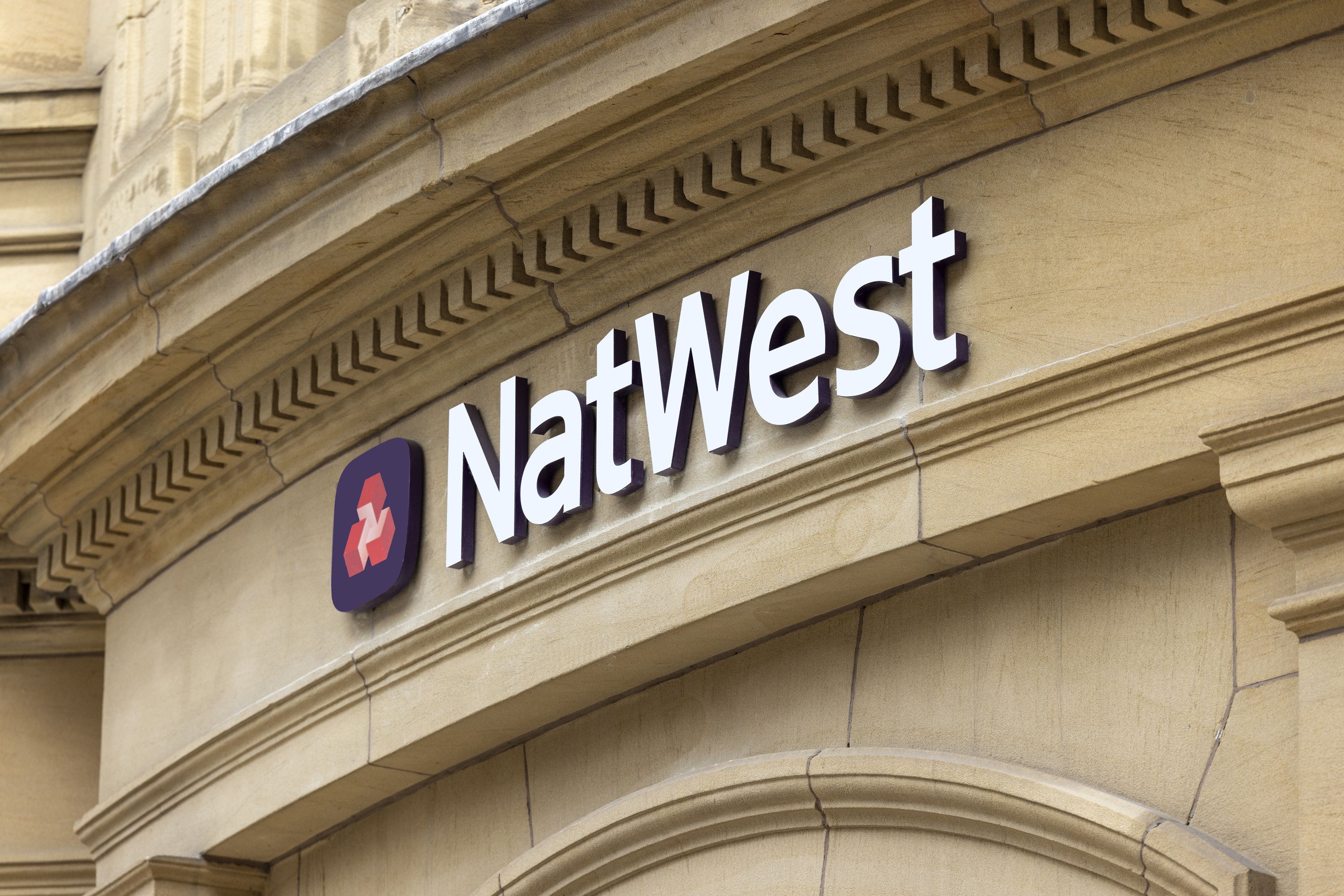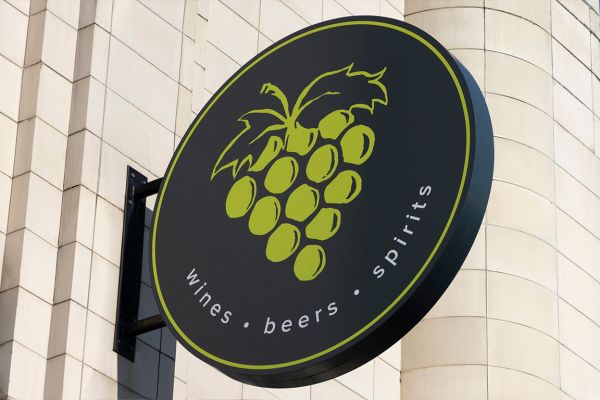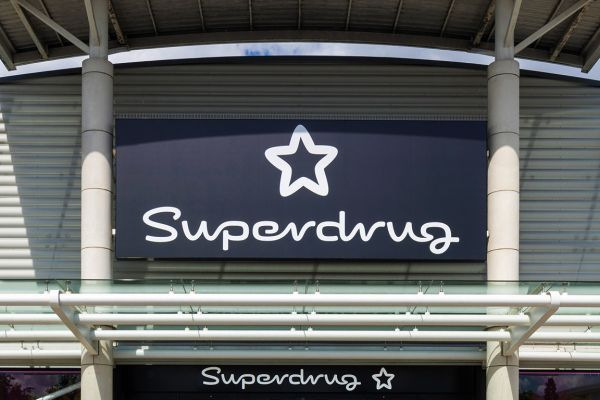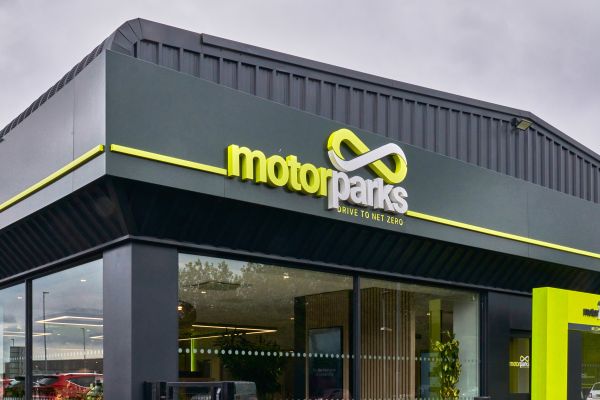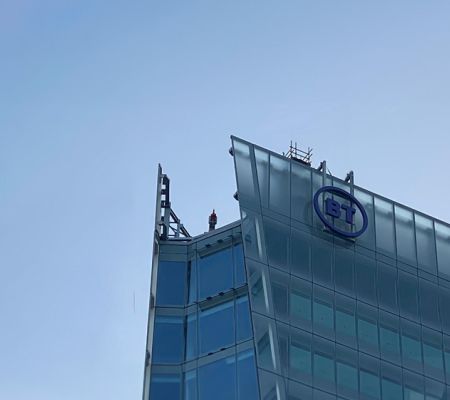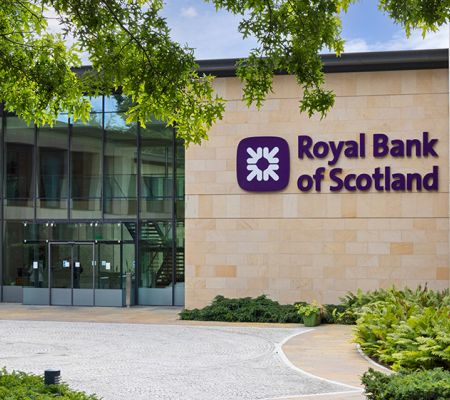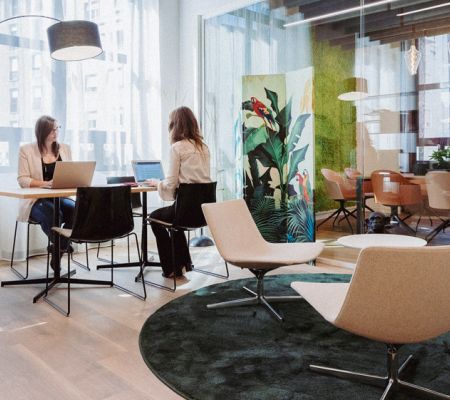NatWest
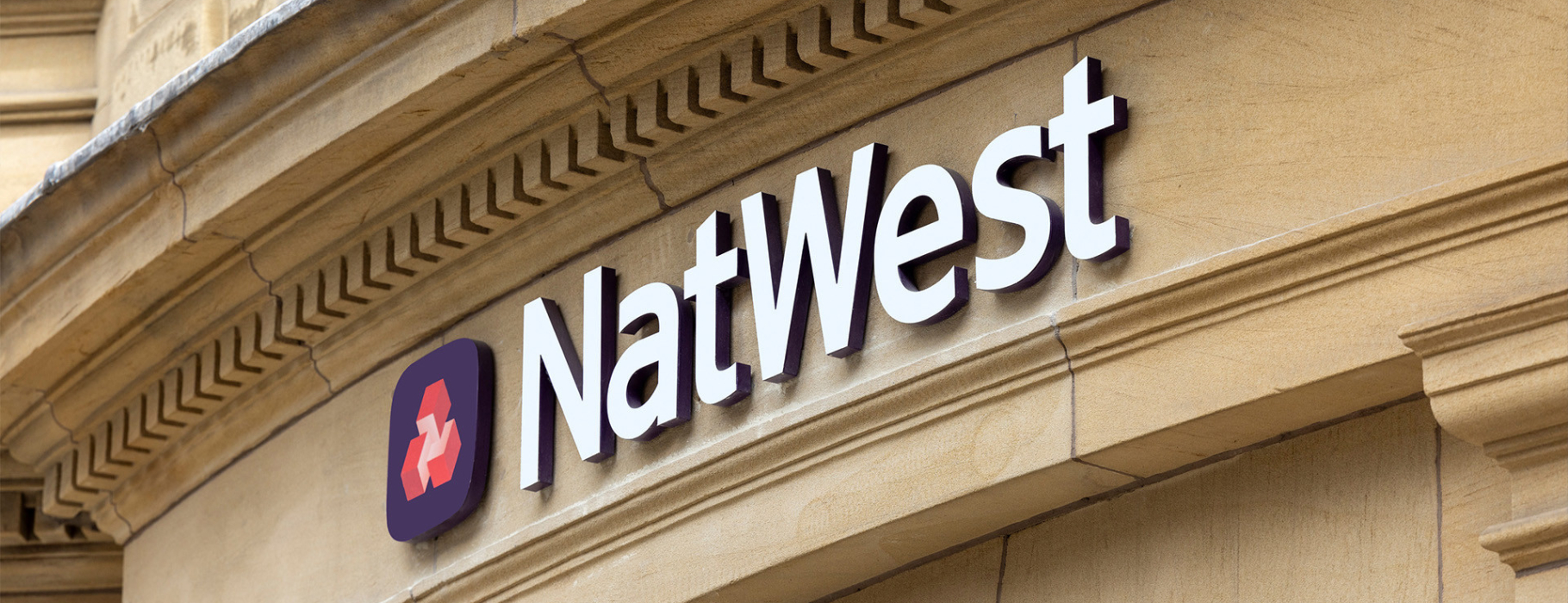
We cut NatWest's signage energy consumption by 54% and proved that sustainable brand implementation is both achievable and genuinely cost-effective.
Client: NatWest (Major UK bank)
Scale: UK estate of bank branches and corporate offices.
Requirement: Devise a cost-effective, sustainable approach for the next iteration of their signage roll-out.
Solution: Forensic cost-benefit analysis of materials (e.g., Green cast acrylic, aluminum composite) and processes to create a sustainable brand implementation strategy.
Delivery: Multi-tiered (Gold, Silver, Bronze) approach, including refurbishing existing assets (upcycling) for lower-footfall branches and testing prototypes in real-life settings.
Result: Achieved a 54% reduction in signage energy consumption costs by switching to efficient LED lighting, while successfully implementing a sustainable material hierarchy.



